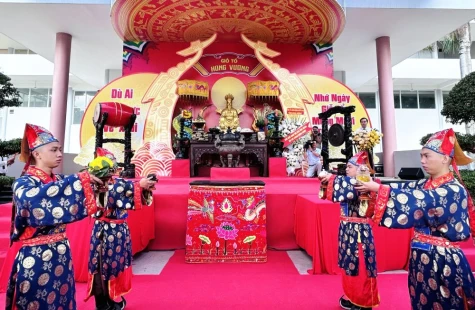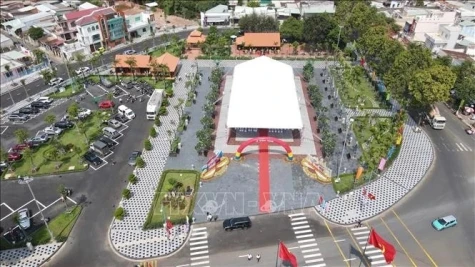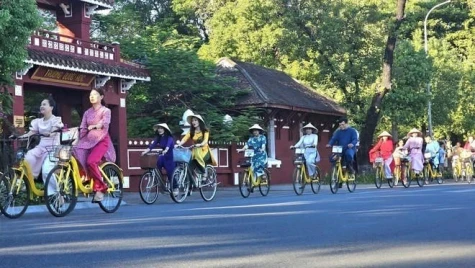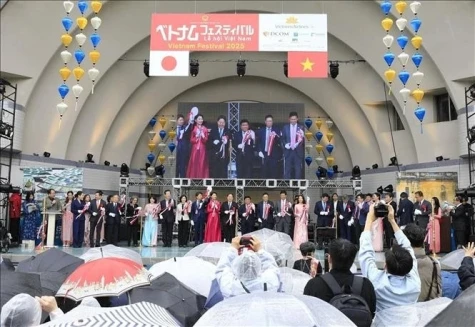Oc Eo - Ba The was once a bustling urban centre, port city, and major economic and cultural hub of the ancient kingdom of Phu Nam.
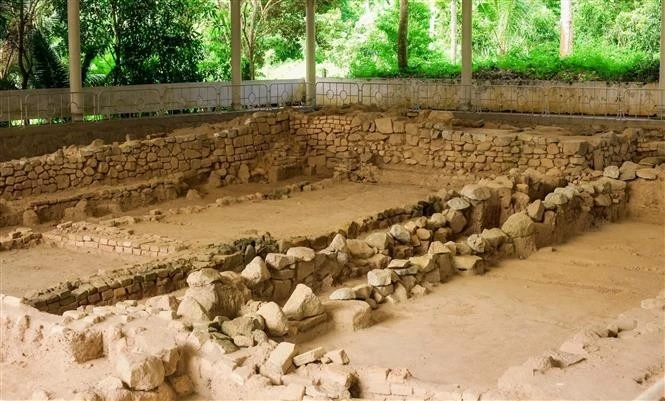
Nguyen Huu Gieng, Director of the Oc Eo - Ba The Cultural Relic Site Management Board, made the statement at a conference held on April 21 to discuss the preparation of the dossier.
The special national relic, representing the ancient Oc Eo Civilisation, spans 433.1 hectares in Oc Eo town of Thoai Son district. The civilisation, which flourished in southern Vietnam from the 1st to the 7th century, was first discovered in 1942 by French archaeologist Louis Malleret through artifacts unearthed in the Ba The Mountain area, now part of Oc Eo town.
Currently, An Giang is home to more than 80 Oc Eo relic sites. Among them, Oc Eo - Ba The stands out as a key location. Once a bustling urban centre, port city, and major economic and cultural hub of the ancient kingdom of Phu Nam, it was recognised a special national relic site in 2012.
In October 2021, the Prime Minister approved the submission of a brief report to UNESCO, proposing the site for inclusion in the tentative list of world heritage sites.
Nguyen Khac Nguyen, Deputy Director of the management board, noted that with support from the Ministry of Culture, Sports and Tourism, the Vietnam National Commission for UNESCO, the National Cultural Heritage Council, and the Vietnam Academy of Social Sciences, the brief report was completed on April 1, 2022. UNESCO has agreed to include the site in its tentative list.
In late 2022, the An Giang provincial People’s Committee issued a plan for developing the full nomination dossier. However, due to certain challenges during the appraisal process, the detailed plan and budget were only approved in late 2024.
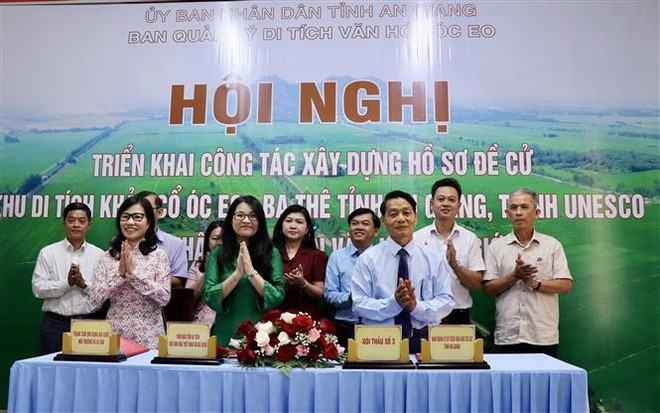
At the conference, it was announced that a consortium—comprising the Institute for Conservation of Monuments, the Centre for Geological, Heritage, and Environmental Applications Research, and the University of Social Sciences and Humanities in Ho Chi Minh City—had won the contract to compile the nomination dossier and management plan for the site.
Tran Thi Minh Hue, Deputy Director of the Institute for Conservation of Monuments, said the work will be carried out from April 2025 through January 2026. Focus will be on conducting research, survey, and systematisation of documents and artifacts to identify the site's nature and heritage value. This includes archaeological excavations, mapping the site, creating distribution diagrams of the relics, and analysing material samples and metal compositions of structures and artifacts.
The institute will collaborate with relevant agencies to develop thematic studies that demonstrate the site's outstanding universal value, integrity, and authenticity, Hue added./.
VNA














